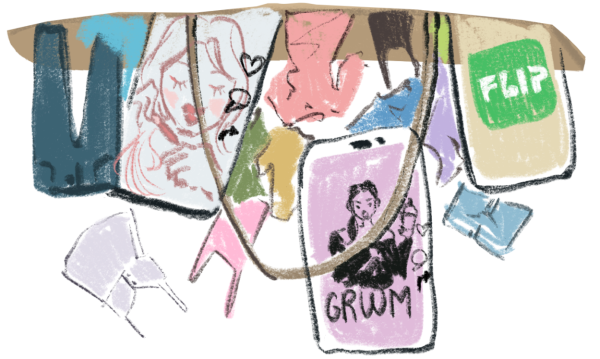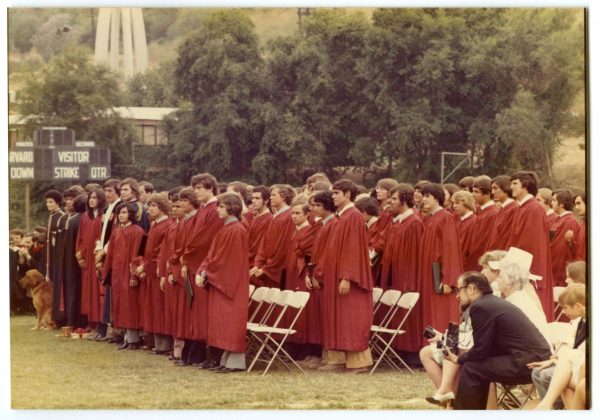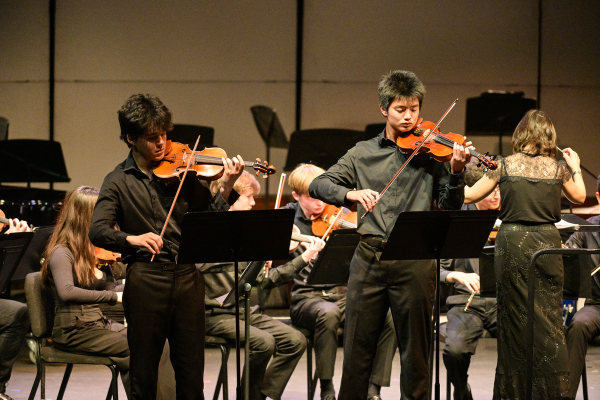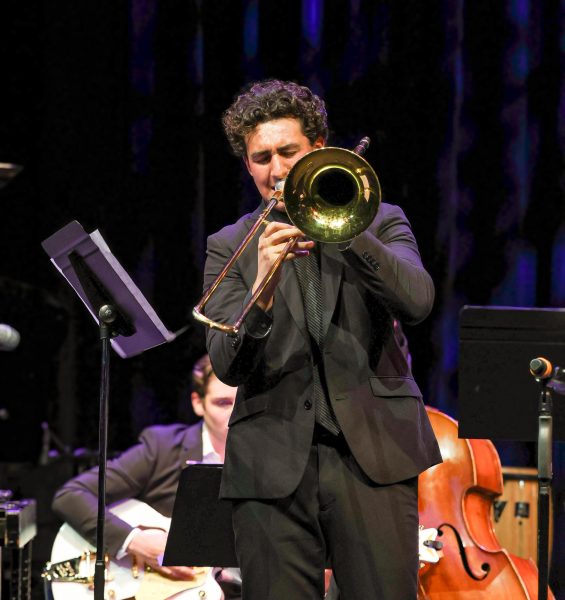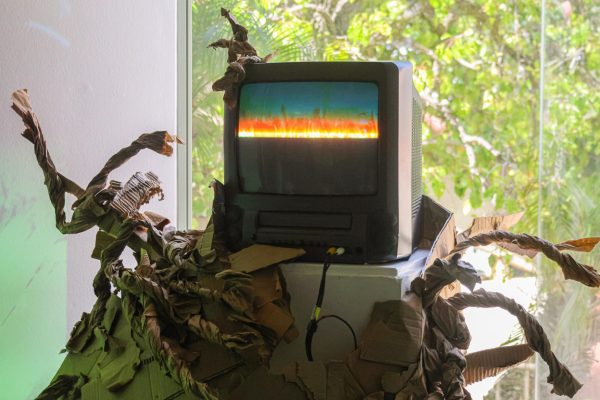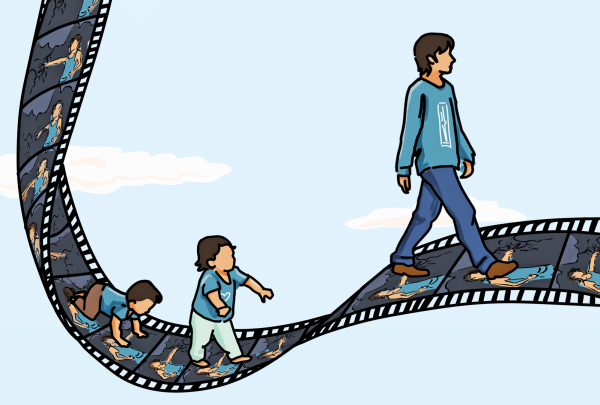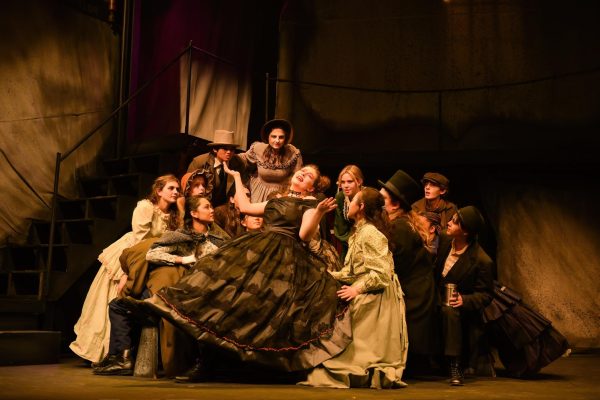What’s New: Fall Reviews: “The School for Good and Evil”
November 17, 2022
Netflix’s film “The School for Good and Evil,” released Oct. 18, attempts to spin classic fairy tale motifs into something fresh and original but sorely misses the mark.
Based on the book by Soman Chainani, two film follows best friends Sophie (Sophia Anne Caruso) and Agatha (Sofia Wylie) in their journeys at the School for Good and Evil, where they are seemingly placed in the wrong schools. Sophie, in the School for Evil, attempts to prove she is truly good by seducing Prince Tedros (Jamie Flatters), while Agatha, placed in the School for Good, desperately tries to convince her friend to go home. This happens all while their story is written by a sentient storybook, and the schoolmaster’s evil brother Rafal (Kit Young) stalks Sophie’s progress.
My biggest issue with the film was how, even in a fantasy world of magic and fairies, it managed to be truly unrealistic. Ranging from the dialogue to the worldbuilding, the writing of the film was poor. The characters’ dialogue was too scripted, forgoing the brilliance of the novel in order to advance the plot. The characters themselves had little chemistry with each other, especially Sophie and Tedros. There was little context given to their romance; one moment, they were looking at each other from across a hallway and the next, he was agreeing to take her to the ball.
The movie is a critique of extremes—good and evil, love and hate, alienation and belonging—but attempts to do too much, and as a result, doesn’t do enough. Though the book manages to make clichés of love and acceptance feel new through a unique mode of storytelling, the movie feels derivative.
The storylines fluctuate too much, with barely any build-up to critical plot points. This can be partly attributed to the natural cuts when making books into movies, but the acting performances were extremely one-dimensional: characters rapidly flipped their personalities.
Moments of incredible acting shined through from Wylie, Caruso and Fishburne, but the rest of the cast either were working with incredibly underdeveloped characters or simply were unable to give a moving performance. Young’s acting was especially disappointing, and I found myself cringing at scenes he was in rather than being terrified of the supposed villain.
That being said, the film does some things very well. The special effects are breathtaking, with talking trees and phenomenal scenery, and the costumes and makeup are some of the most beautiful I’ve seen onscreen in a while. Sophie wearing elaborate, hand-sewn black outfits to seemingly embrace her evil was especially intriguing––her outfits visually separate her from Agatha’s ornate dresses.
Overall, the movie was a sweet watch, made more enjoyable by my prior love for the series. Just next time, turn books into TV shows instead of movies––it does them more justice.































